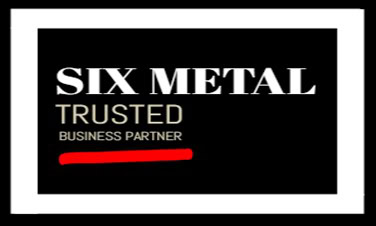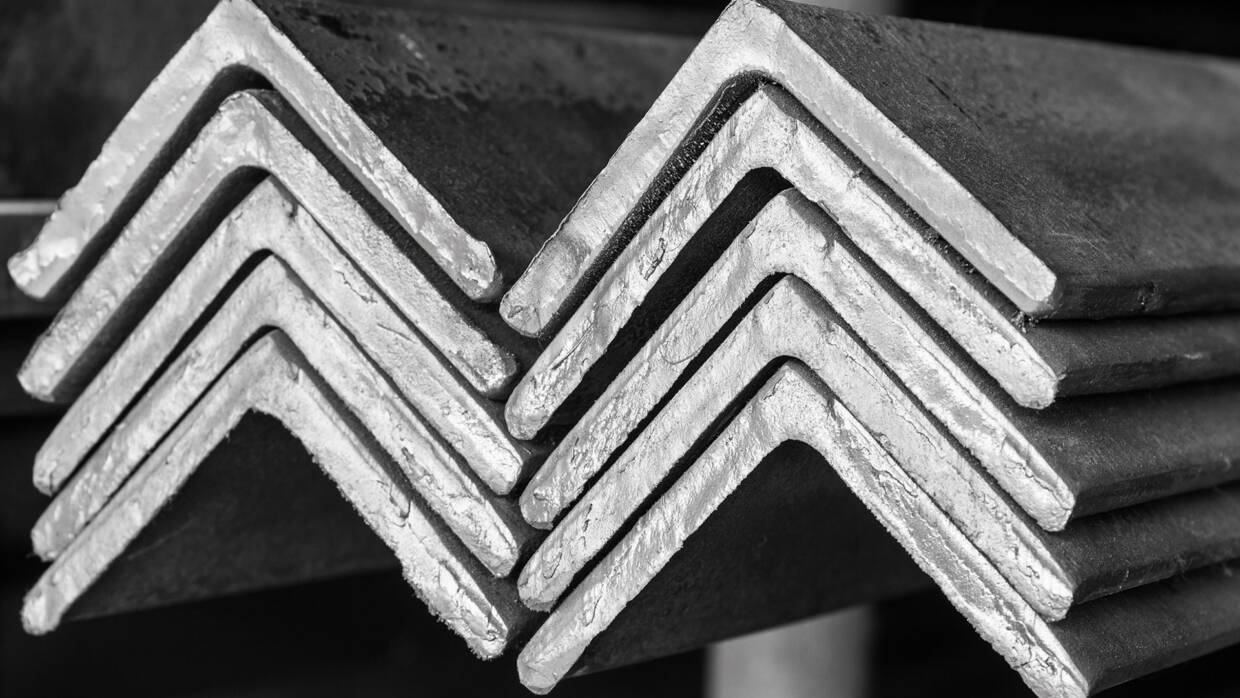Aluminum equal angle profiles are an important component of the construction industry, and they are manufactured using various processes. In this article, we will delve into the manufacturing process of aluminum equal angle profiles.
Extrusion
The most common manufacturing process for aluminum equal angle profiles is extrusion. In this process, a heated aluminum billet is forced through a die to create the desired shape. The die has a profile that is similar to the final shape of the angle profile. The heated billet is pushed through the die using a hydraulic press, and the profile is extruded in a continuous length.
Cutting
Once the extrusion process is complete, the aluminum equal angle profiles are cut to the desired length. The cutting process can be done using various techniques, such as sawing, shearing, or punching. The profiles are cut to the required length based on the specifications provided by the customer.
Finishing
After the cutting process is complete, the aluminum equal angle profiles undergo a finishing process. The finishing process involves treating the profiles to improve their appearance and durability. The profiles can be finished using various techniques, such as anodizing, powder coating, or painting. The finishing process can also involve polishing or sandblasting to create a specific texture or finish.

Packaging and Shipping
Once the finishing process is complete, the aluminum equal angle profiles are packaged and shipped to the customer. The packaging process ensures that the profiles are protected during transport and handling. The profiles can be packaged in bundles, boxes, or pallets, depending on the size and quantity of the profiles.
Conclusion
Aluminum equal angle profiles are manufactured using various processes, including extrusion, cutting, finishing, packaging, and shipping. These processes ensure that the profiles are of high quality, durable, and meet the required specifications. The manufacturing process for aluminum equal angle profiles is an essential component of the construction industry, and it is expected to continue to evolve and improve over time.

